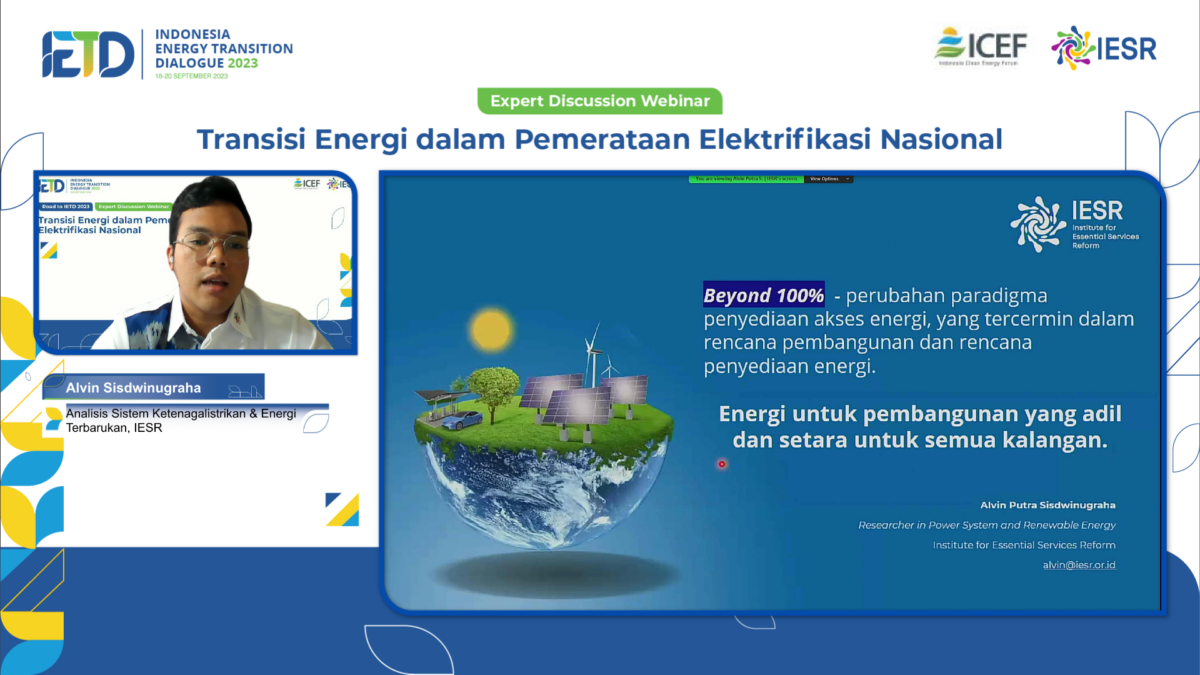Jakarta, 27 August 2024 - In the midst of an increasingly urgent climate crisis, Indonesia faces major challenges in decarbonizing, particularly in relation to its dependence on fossil energy and existing energy infrastructure. To achieve rapid and large-scale decarbonization, Indonesia needs to overcome various structural challenges. This was revealed by the Executive Director of the…


